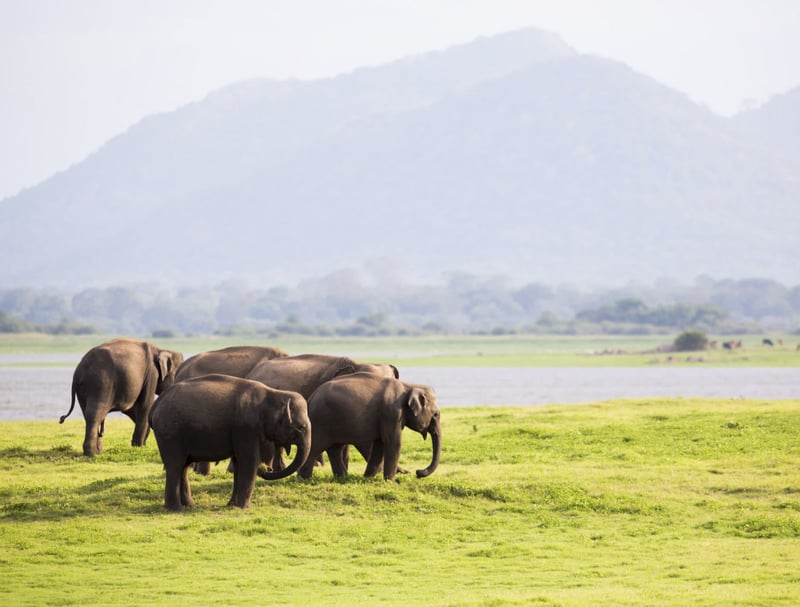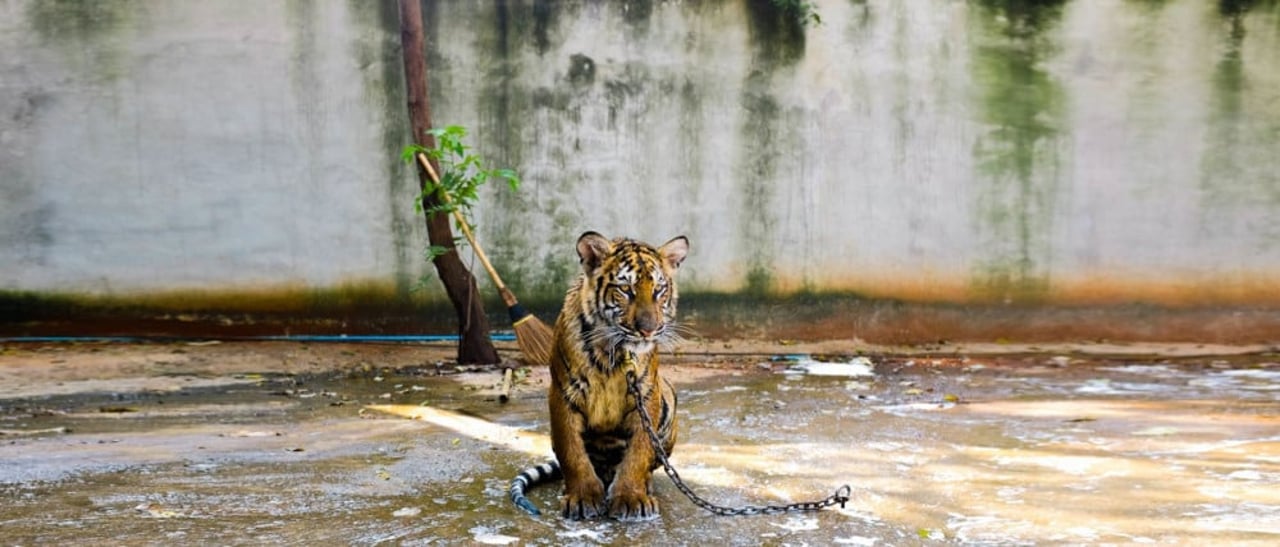
Animal-friendly travel: 5 alternatives to the cruellest attractions
News
People love seeing animals when they are on holiday. But behind the elephant rides, tiger selfies and dolphin swims is a cruel reality
Many tourists visit these attractions because they love animals, not realising they are often exploited and abused. We reveal five of the cruellest types of wildlife attractions – and the best places to see these animals in the wild.
1. Elephant rides and shows
Elephants suffer through a torturous training process to make them accept human interaction. They are kept restrained, beaten with sharp metal hooks and fed poor diets.
Sri Lanka has the highest density of wild Asian elephants in the world. Head to Uda Walawe, Wilpattu or Minneriya National Parks to see them in the wild.
Image credit: Chaz McGregor
2. Tiger selfies
Tigers are kept chained or in small cages with concrete floors, and often sedated to be used as photo props by tourists for hours on end. In 2016, the Tiger Temple was also linked to the illegal trafficking of tigers and their body parts.
See tigers in their natural habitat in Ranthambore National Park in India, part of a national conservation initiative.
3. Performing dolphins
You see them performing tricks for an applauding crowd. But captive dolphins are confined in shallow, sometimes chlorinated pools where they suffer painful skin and eye irritations, sunburn and stress-related illnesses.
Instead, see large pods of dusky dolphins swimming freely most of the year in Kaikoura, New Zealand.
4. Civet coffee
Popular in Bali, Kopi Luwak is the world’s most expensive coffee, made from the beans of coffee cherries excreted by Asian civets. Plantations keep civets in crowded cages and feed them exclusively on the cherries. They end up severely stressed and malnourished.
Wild civets live in the forests of South-East Asia and Sub-Saharan Africa. Just after good coffee in Bali? Try Revolver Espresso, Petitenget or The Moose Espresso Bar.
5. Holding sea turtles
In the Cayman Islands, tourists can pose for photos holding sea turtles. But these naturally timid creatures experience great stress when handled, which can weaken their immune systems and cause infections to break out. Tourists may also accidentally drop struggling turtles, causing potentially fatal injuries.
You can spot six of the world’s seven species of turtle on the Great Barrier Reef – including green turtles and the increasingly rare loggerhead.
Checking out of cruelty
While some wildlife tourism attractions have a positive impact on the welfare of wild animals, it can be hard to distinguish the good ones when you don’t see the whole picture. A good ground rule is if you can ride or touch it, take a photo with it, or see it perform tricks, you can be sure it is cruel.
By saying no to cruel animal attractions on your next holiday, you can reduce the demand for animals in entertainment. When the demand ends, so will the cruelty.
Main image credit: iStock. by Getty Images
A good ground rule is if you can ride or touch it, take a photo with it, or see it perform tricks, you can be sure it is cruel.
